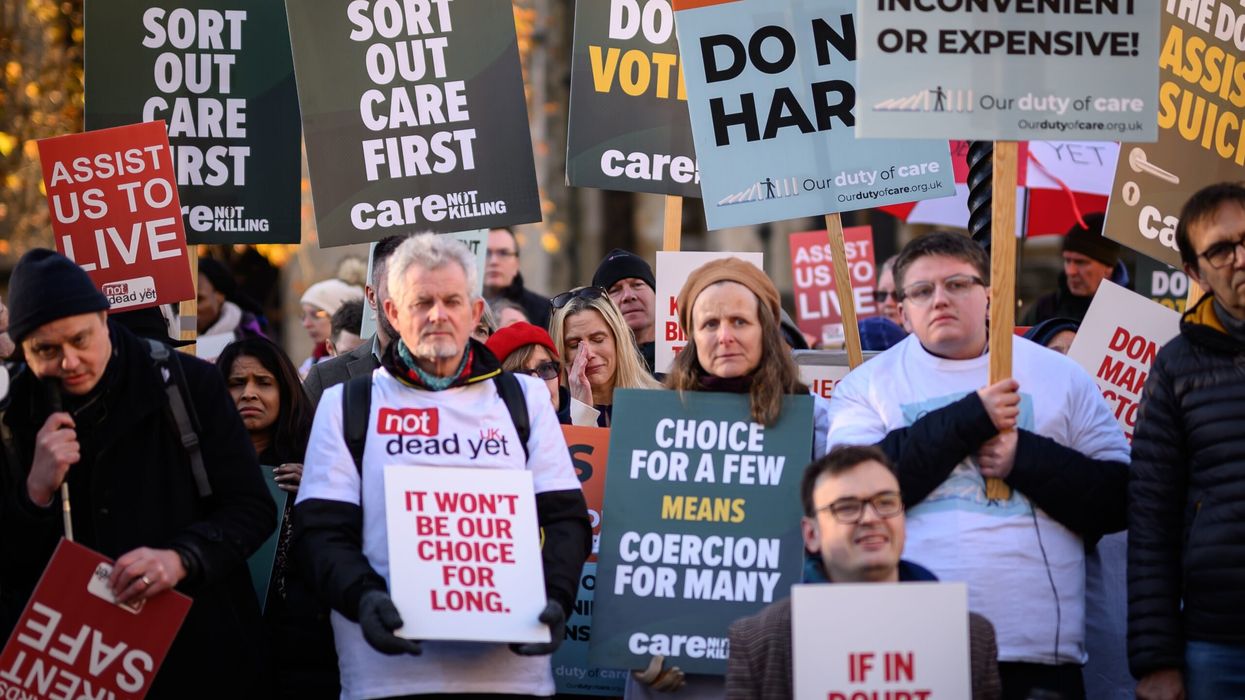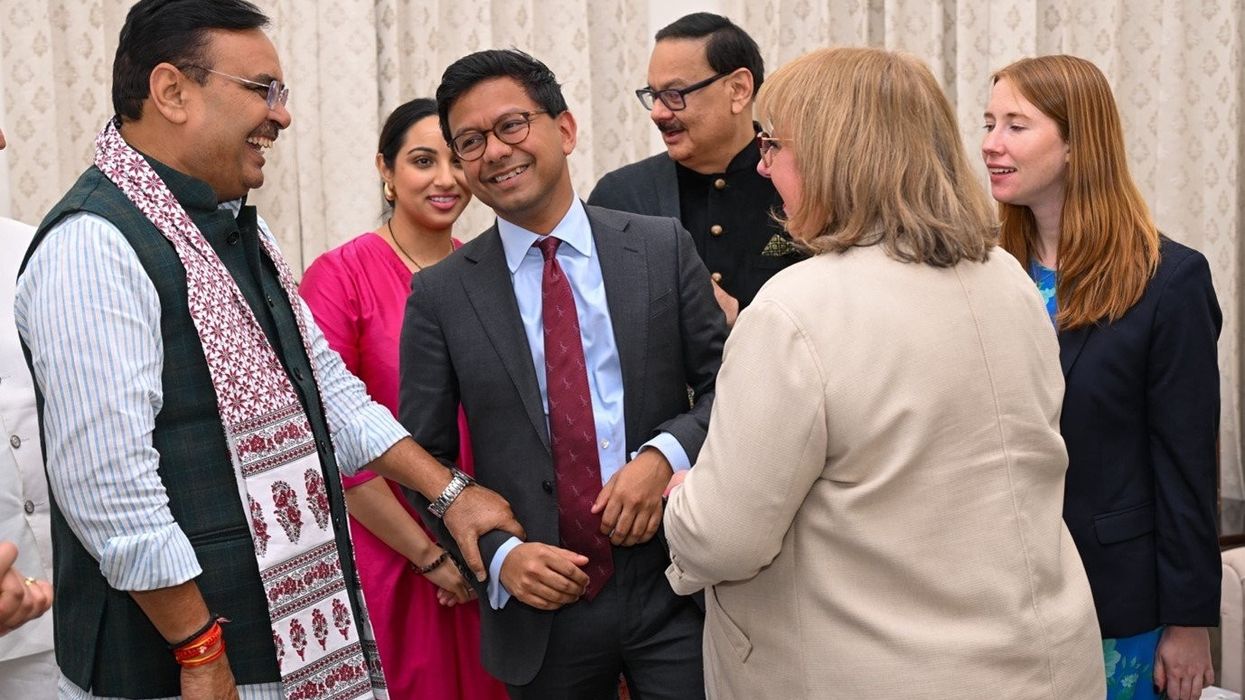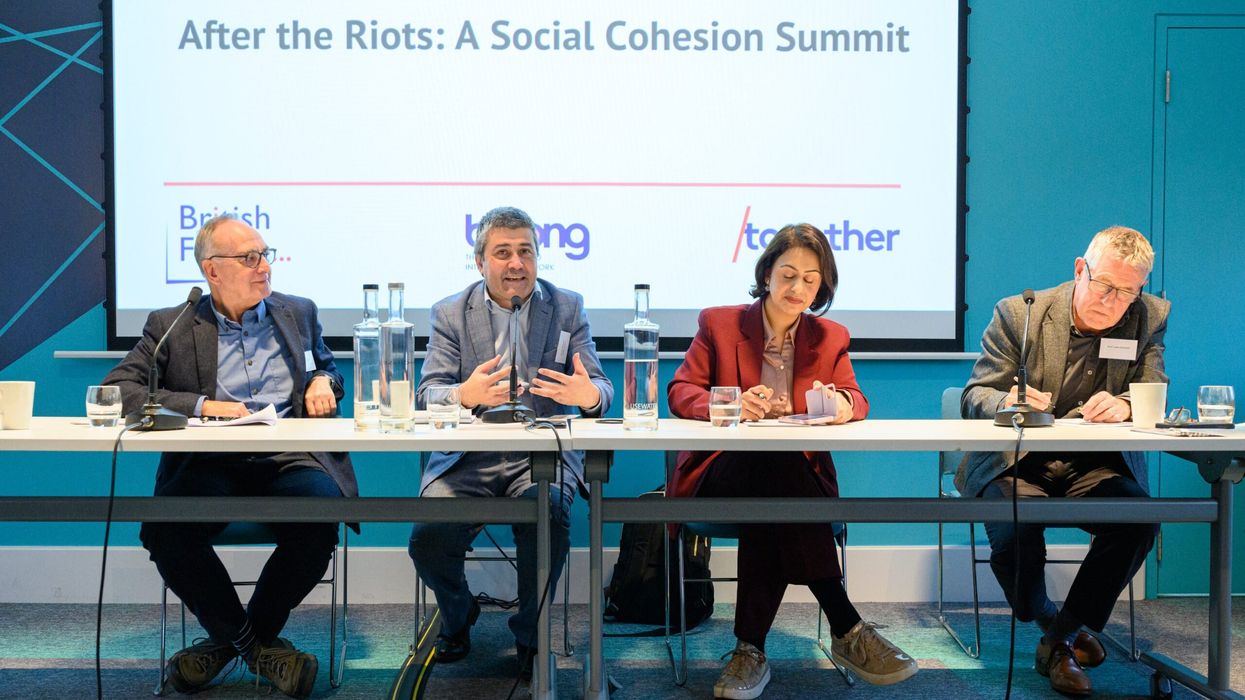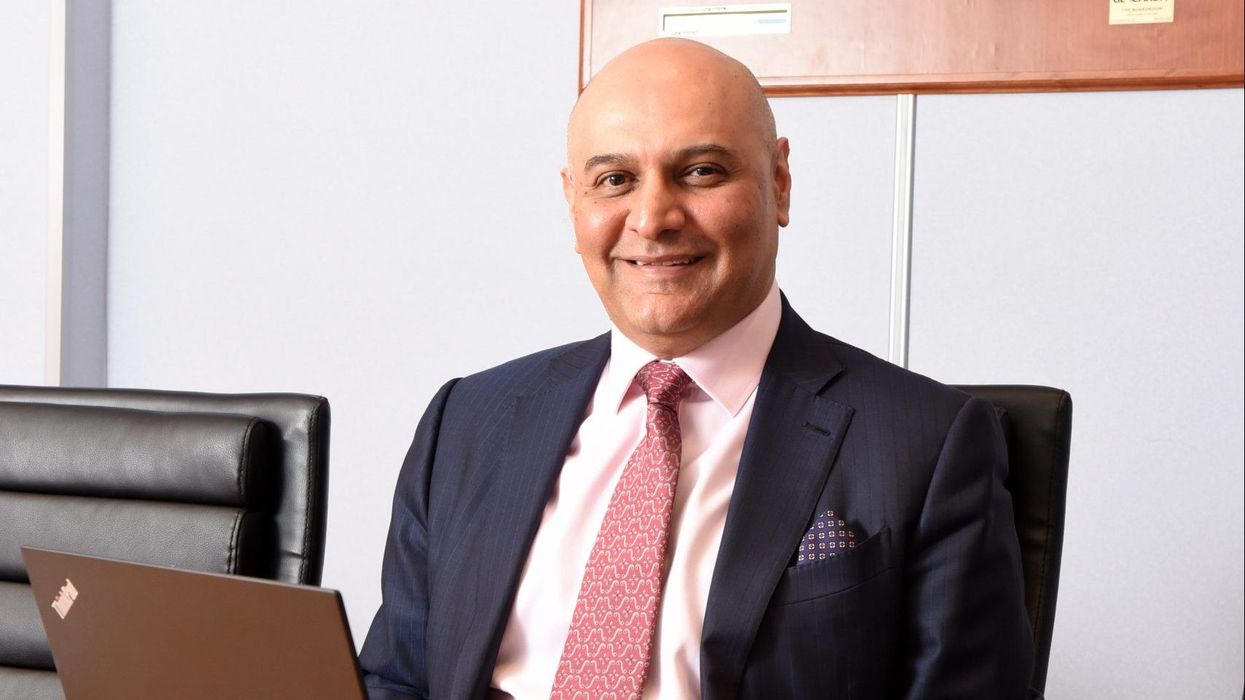By Sunder Katwala
Director, British FutureIT WAS 20 years ago that three nights of rioting in Oldham catapulted the Lancashire town into the headlines – and reshaped national debates about integration for a generation.
Ted Cantle’s concept of “parallel lives” – two communities living side by side, with little interaction or sympathy – reflected the common thread of the reports into the disorder in Oldham, and later disturbances in Burnley, Bradford and Leeds.
There had been a long build-up of mutual antagonism between the white and Asian population in Oldham. The 2001 general election, just a fortnight after the riots, saw the British National Party (BNP) leader Nick Griffin take 16 per cent of the vote in Oldham West, with the far-right BNP polling far better in Oldham and Burnley than anywhere else in Britain.
No place wants to become a national shorthand for racial tension. An initial defensiveness about these hard[1]hitting inquiries gave way to treating the moment as a wake-up call.
The story of parallel lives had also been a story of missing links. The Ritchie report in Oldham found the institutions which could have been expected to play some role in bridging ethnic divides rarely did so. Residential segregation, with Asian populations clustered in the centre of town, was reflected in separate schools. The local newspaper had no black or Asian reporters. The council workforce was 97 per cent white – feeling distant from Asian residents, even while parts of the white community felt it had a pro-minority bias. Even local faith groups had no regular inter-faith forum until after the riots.
That did change. Few towns put more civic energy into cohesion than Oldham over the next few years. Residential segregation, built up over generations, remained entrenched. The boldest decision was to close and merge mono-ethnic schools so that more white and Asian students studied together. Miles Hewstone’s rigorous research showed that this did significantly reduce animosity among both groups about the ‘out group’ among pupils in mixed schools.
Though some civic society and academic voices worried that a new focus on community cohesion could dilute anti-racism efforts, the evidence from Oldham showed why promoting meaningful contact plays a crucial role in softening ‘them and us’ grievances which feed prejudice.
The national integration debate went through different phases. Both New Labour and Conservative politicians declared it was time to move beyond multiculturalism – but found it harder to state confidently what policy approach would replace it. The terror attacks on 9/11 in America, and 7/7 in London, saw a focus on security and extremism dominate integration debates.
After 2010, the vaguer idea of the Big Society was pursued, but struggled to escape the shadow of austerity. Arguments about whether Britain was “sleepwalking to segregation” often polarised academic and media opinion. A complex national picture could be cherry-picked for evidence to see the glass as half-full or half-empty.
Yet the hidden secret of the integration debate is how differences in policy language obscure a broad consensus on what makes a positive difference. A common language, ensuring contact in schools and workplaces, and action to tackle discrimination and prejudice are all essential foundations to build from.
With the shelves now full of integration reviews, the puzzle is why we have still never had a proper integration strategy in this country. Some green shoots did emerge from during Sajid Javid’s time as communities secretary. Pilot strategies in five local areas – Bradford, Blackburn with Darwen, Peterborough, Waltham Forest and Walsall – did make a difference to resilience during Covid, according to a recent study for the Belong network.
But plans to extend the number of integration areas have been shelved – and the English-language strategy promised in 2018 has not been delivered. Integration risks slip[1]ping down the agenda again during the three year spending review due this year.
Since contact matters, a key question is how to get more of it in a liberal society. That will not be a job for government alone. In the five years since the Brexit vote, one thing we can agree on is that this is a more fragmented and anxious society than anybody would want.
The question is, how we change that. There has been more focus on divides across generations, by geography and educational status, while last summer’s anti-racism protests brought race back to centre stage too. Many civic voices have committed to make the 2020s a decade of reconnection, yet turning intentions into action presents integration challenges within civic society itself. National and local institutions often need to broaden their own demographic profile and relationships to find more confidence to reach across geographic, class and inter-ethnic divides.
The response to the 2001 riots showed how Britain’s focus on integration has often been flashpoint driven. Oldham and the mill towns were challenged to start to act on local divides that had built up over generations. We still have some distance to travel before integration is seen as everybody’s business everywhere.












‘Britain must develop a proper integration plan’